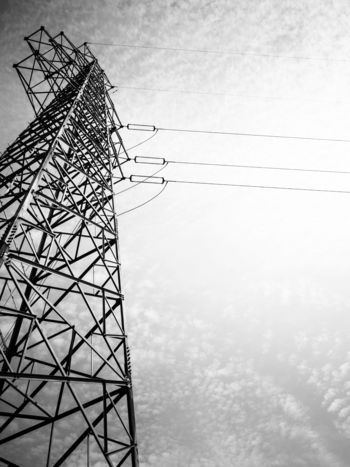Compact DC overhead lines
It is becoming increasingly difficult to obtain rights of way (ROW) for transmission lines. Compaction of overhead lines in order to reduce their visual and environmental impact can make regulatory approval easier. It can also allow their construction on narrower rights of way or shared with public transport routes. High voltage direct current (HVDC) lines can provide a high concentration of power and can have fewer “phases” than AC lines, as such they make excellent candidates for compaction. This brochure describes the electrical aspects of compact HVDC lines.
Convenor
(ES)
J. IGLESIAS
Secretary
(DE)
S. STEEVENS
J.A. JARDINI (BR), G. PERSSON (SE), L. BARTHOLD (US), C. WANG (CA), D. WOODFORD (CA), D. LIEBHABER (US), R. STEPHEN (ZA), E. MARSHALL (ZA), T. YAMANAKA (JP), D. DOUGLASS (US), A. USEROS (ES), D. LOUDON (NO), M. SALIMI (CA), S. IKOMA (JP), J. LUNDQUIST (SE), P. RODRIGUEZ (ES), N. CHEN (CN), G. GHEORGHITA (RO)
Reviewers: H. LUGSCHITZ (AT), A. ANAND (IN), G. WU (CN), W. TROPPAUER (AT)
Introduction
Compaction typically involves reducing the phase (pole) clearances, resulting in increased electric fields, audible noise, and other effects. Managing these effects is key to the design of a compact DC line. In this brochure we define compacting as reducing the cross section of a corridor (both the height and width) for a given power transfer requirement.
In general, HVDC links are designed to transmit large amounts of power over long distances, or to serve as system interconnectors. Both require high reliability and availability. Thus, insulation coordination and live maintenance are covered in detail.
This brochure explains the concept of DC overhead line compaction. Another Working Group (WG B2.63, CIGRE TB 792) covers the AC compact theory and practice. In AC lines the surge impedance loading, and hence the maximum power flow, can be affected by compaction. For DC power lines, however, increased power flow can only be realised by increasing the current through the conductors and/or increasing line voltage.
Scope
The aim of the brochure is to provide the design engineer with an understanding of the parameters and methods required in designing compact DC overhead lines. In addition to the theory, the brochure includes calculations of electric parameters for different pole configurations, as well as case studies from different countries.
Description of the Brochure
The brochure covers the following aspects, distributed in nine chapters:
- General overview - providing a definition and reasons for compacting. It includes possible measures to reduce the ROW and the height, as well as concepts pertaining to sustainable development.
- Corona and field effects - compaction of HVDC lines increases the importance of corona related design limits. The brochure revises the basics and the influence of compaction in these effects: electric field (E), ion current density (J), radio interference (RI), audible noise (AN). See figure 1, for example, where the graph shows that the positive pole of DC lines is the dominant source of noise, which decrease rather gradually with the distance from the line and, unlike AC lines, is highest when the conductors are dry. The document also proposes methods for minimising the field effects at ground level, like the use of underbuilt ground wires.

Figure 1 - Typical audible noise profile under an HVDC Line
- Insulation co-ordination - a discussion of the differences in insulation stresses and withstand characteristics due to the compaction of overhead HVDC lines. The chapter also covers the requirements for air clearances with regard to overvoltages in DC systems, and the insulation co-ordination for the neutral conductor.
- Pole Configurations - a discussion on the arrangements of the DC poles for compaction, conductor and insulation selection, tower and foundation designs, etc. Comparisons between different insulator sets are included, such as V, T, inverted V or Y configurations. This chapter also includes a general discussion on galloping due to wind, as it may be one of the key issues in compact lines due to the reduced clearances between pole conductors and/or shield wires.
- Live line work maintenance techniques - the live line experience with compact DC lines is still scarce. Only a few utilities have attempted it so far, and their experiences are included in the brochure. The major differences between compact and conventional lines are the reduced electrical clearances and more complex insulator configurations. How to deal with these challenges is described in the document.
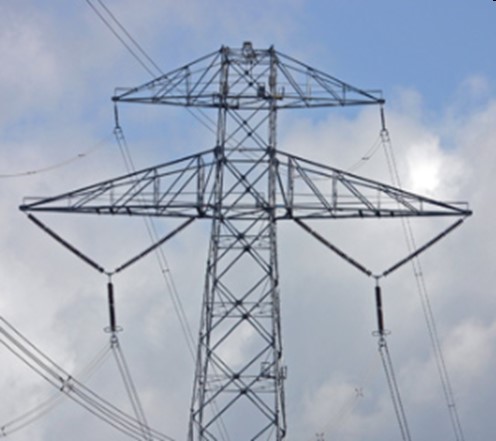
Figure 2 - Example of Y-shaped insulator strings for a ±500 kV DC line (Japan)
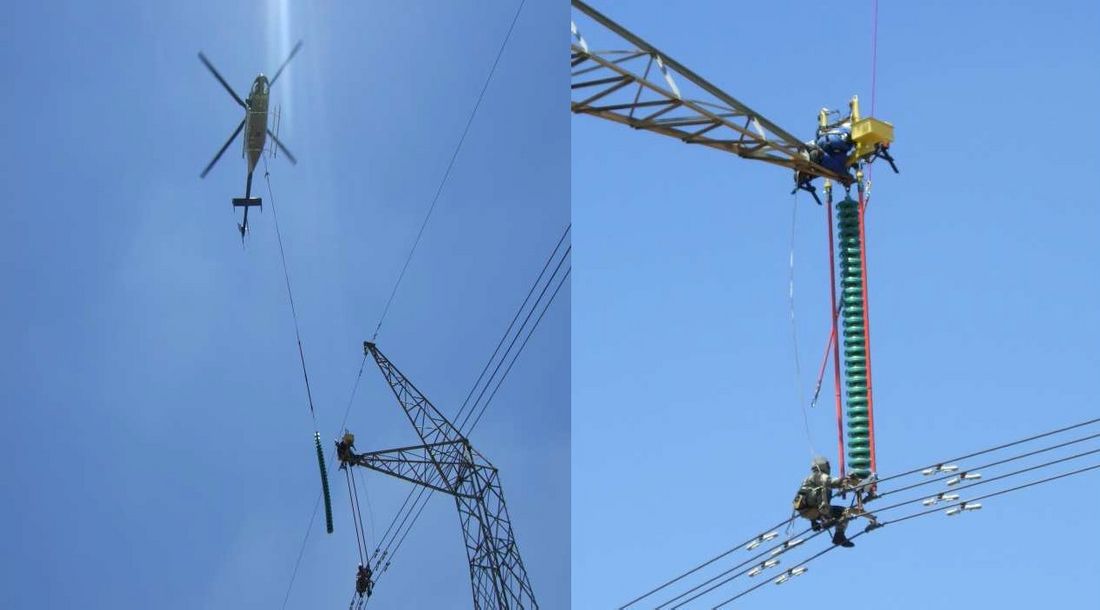
Figure 3 - Example of live line work on a ±533 kV HVDC line
- Construction techniques - techniques are similar to those used for conventional lines, but some differences do exist, and are highlighted in the brochure.
- Influence of compaction in the electrical design - analyzes in depth the different parameters for each of the tower configurations mentioned previously. This provides the engineer with a general view of the effect of the pole configuration on the various parameters, including the electric field, ion current density, audible noise, radio interference, etc. (see figure 4). A sensitivity evaluation of the parameters is included, as well as the results of a short inquiry on the electrical criteria in different countries.

Figure 4 - Example of ion current density variation at ground level for different line configurations
- Case studies - several examples of different compact overhead HVDC line designs around the world are presented. Two examples are shown in figures 5 and 6.
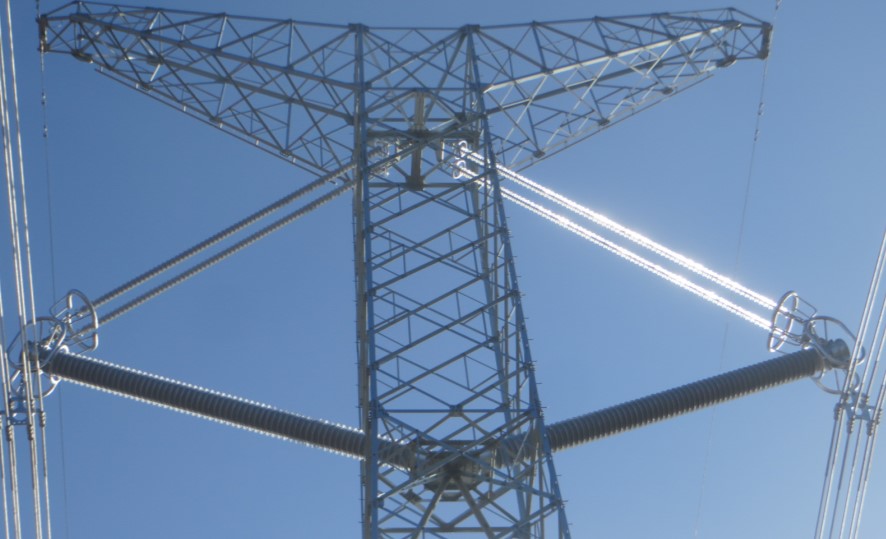
Figure 5 - Case study. Rotating Composite Insulated Cross-Arm for a ±800 kV HVDC line (China)
The use of insulated cross-arms can reduce both the height of the line as well as the horizontal occupation. The rotating cross-arms allow conductor longitudinal movement in tangent towers to reduce unbalanced loads.
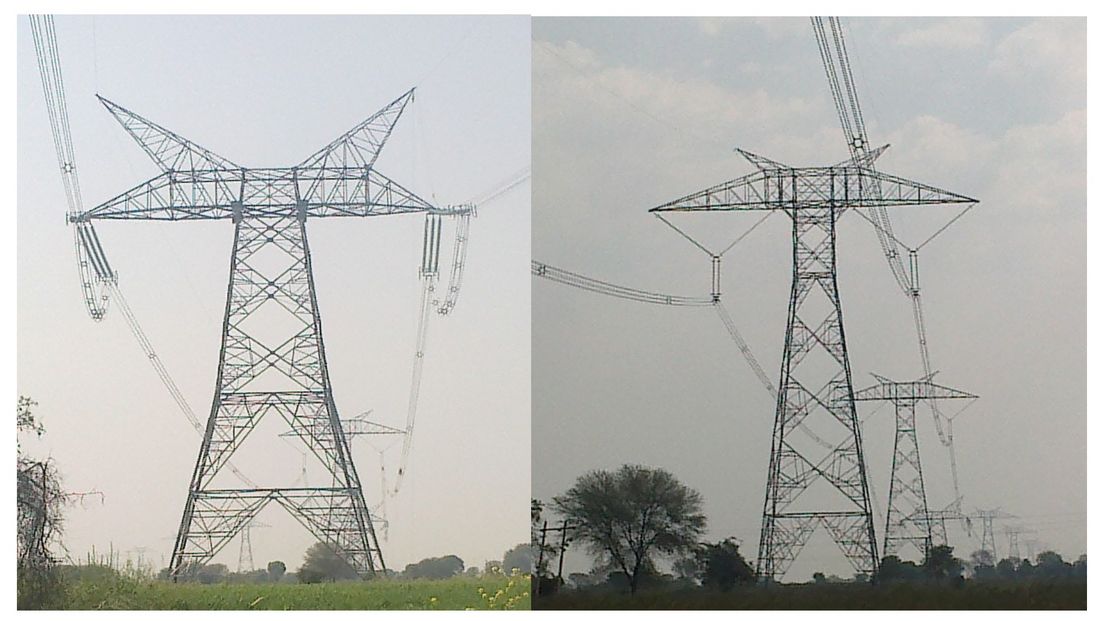
Figure 6 - Case study. ±800 kV compact HVDC line (India)
- Voltage upgrading - the concept of compactness is expanded to include voltage increase, as the effects and considerations are very similar. This chapter presents general information on voltage upgrading of HVDC lines to give an overview of electrical and mechanical concerns. Also, a short description of the Pacific DC intertie upgrade in the US is included as a case study (total length of 1300 km, to be upgraded from ±500 kV to ±560 kV).
The brochure does not cover the conversion of AC lines to DC operation, which is covered in TB 583.
Conclusion
The brochure covers the main aspects relating the design of compact DC overhead lines. The main concept with regard to compact lines is that the electrical stresses are higher than conventional lines. This higher stress manifests itself in the form of higher audible noise, radio interference, electric field and ion current density at ground level, compromised insulation co-ordination for switching and lightning impulses. This guide describes these issues allowing the reader to understand how to mitigate their effects.
The calculation examples show the effect of different design solutions. The reader is able to optimise his solution initially from these examples prior to the detailed calculations that need to be performed on a specific design.
The case studies indicate different practical solutions that have been implemented or are under study in different countries. These case studies focus on the main aspects related to compaction and the various proposals to reduce the distances while maintaining acceptable corona performance and reliability. Examples can be found from around the world.
Note that the guide is not a design document but a document by which the reader can assess the aspects required for design of compact DC lines as well as determine the calculations that need to be undertaken in the completion of a detailed compact line design. It does, however, provide references that will enable the designer to fully design a compact DC overhead line.



